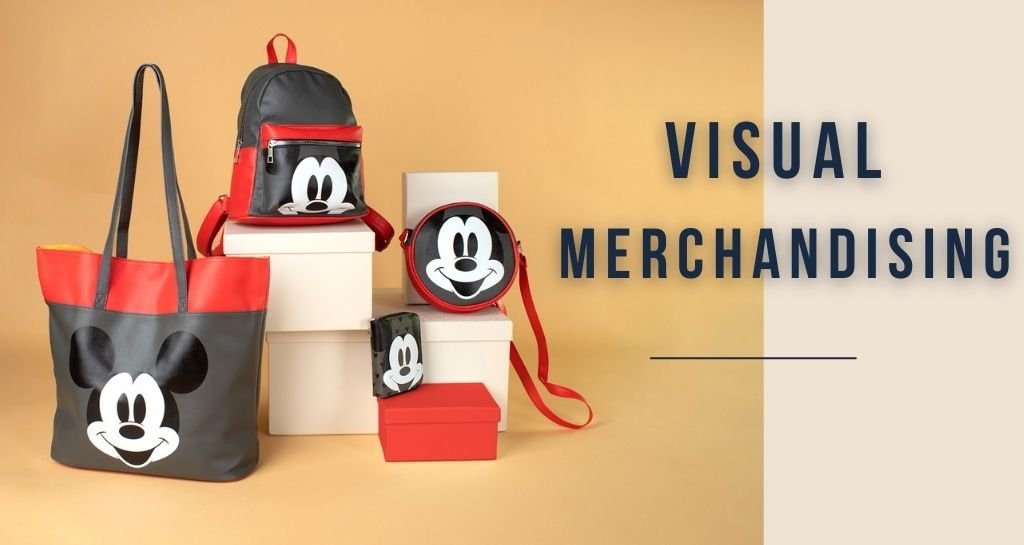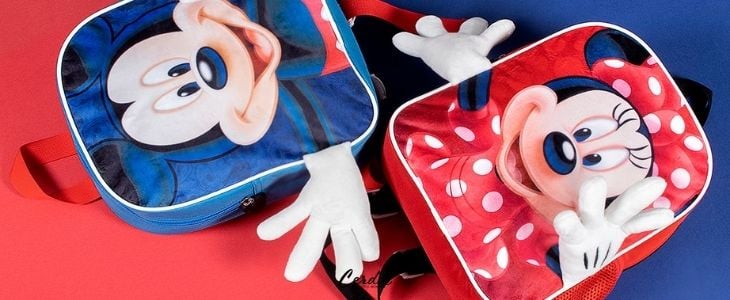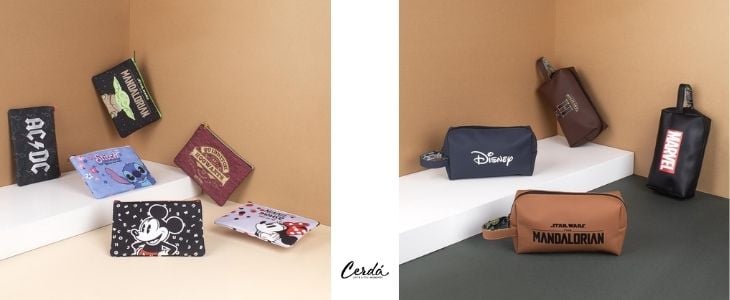3 August 2021 / per Cerdá Group

That’s why Cerdá wanted to deepen the topic and provide you with all the information you need to know about visual merchandising, its elements, and its importance.
Visual merchandising can be defined as the set of practices and strategies that you as an entrepreneur can implement to make your products attractive for your customers, exploiting the various elements that you can have at your disposal (see the paragraph below). However, this is only a superficial definition of visual merchandising, because there’s a lot more.
The definition we’ve just given shouldn’t make you think only about the shop windows setting. This is part of visual merchandising, but visual merchandising is far more than that. If you want to exploit the marketing strategies of visual merchandising at their best, your comprehension should go deeper.
With visual merchandising, products want to attract the customers’ attention to themselves. In a way, it’s items and products selling themselves. How can you achieve that?
Your aim with visual merchandising should be to create a bond with the customer, and you can only create this bond if the items and the way they’re displayed have an emotional impact on them. This is actually the best definition of visual merchandising: the set of strategies and practices that you exploit to create a bond between the customers and your items through an emotional and sensorial impact.
The customer and the item are the two subjects of this relationship; but, to create this relationship, there must be some spark that triggers the attention of the potential client. Such spark must be emotional. This is how visual merchandising goes beyond the displaying of your product: it must begin with research. Get to know your clients, their needs, answer to those needs and then find a way to show it to them.
Both retail stores and e-commerce can benefit from visual merchandising.
An attractive shop window, store, or home page on e-commerce makes a positive first impression. It welcomes people and encourages them to come into the store and find what they need, or didn’t know they need.
When you’re selling goods you’re also providing a service. The quality of the service has an impact on the perception of the client. When they have a positive shopping experience in your store, they are more likely to recommend it to their friends and come back. Visual merchandising helps you create such a positive experience: as a consequence, other than attracting new clients, it helps building customer loyalty, and elevate the quality perception that they have about your business.
Visual merchandising helps increase sales. With an effective visual merchandising strategy, you can highlight your items’ quality and show people what they need and how your products can help them without them even asking.

When you run a business you want to build an identity for your brand. This should be a priority of your marketing strategy, and visual merchandising is - in this case - a tool you can use - with others - to build and affirm your brand identity.
The elements of visual merchandising are those aspects and tools that you can exploit to display your items and create that emotional impact we’ve mentioned above. These are:
Other than various elements, there are also several strategies you can exploit to grab your customers’ attention in a more effective way:

At this point, we don’t want you to think that visual merchandising is limited to your windows setting. For this reason, let’s clarify that visual merchandising is referred to:

The future of visual merchandising is looking at e-commerce. Does it still make sense to talk about visual merchandising when more and more people every day buy online, and as many stores are becoming online businesses?
Yes, we still need to talk about visual merchandising. Because the same principles we’ve discussed so far are valid for e-commerce. The tools at your disposal are the only thing that changes. You don’t have shelves and the person walking through your store door and lanes.
But colors, lights, storytelling is still important to create an impact on your customers. And the emotional impact is even more important online because online competition is even higher.
So, the future of visual merchandising is looking at ways of applying its principles to virtual stores and studying how to display items and their descriptions on a smartphone, or computer’s display.
Now that you know everything about visual merchandising, it’s time to apply these principles to your own business, retailer, or e-commerce.

At Cerdá we are manufacturers and wholesalers specialized in licensing products and children's characters for more than 40 years. Our products help create unique moments of happiness and that is our greatest motivation. In Cerdá we strive every day to make the dreams of our children and clients a reality. Join the Cerdá family!
Get all the latest news instantly!